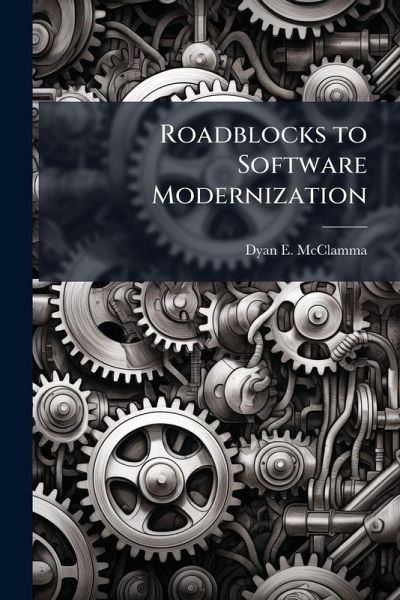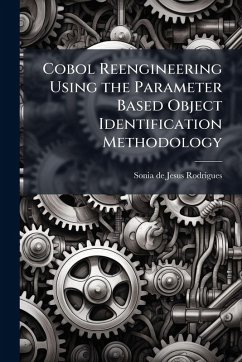
Roadblocks to Software Modernization
Versandkostenfrei!
Versandfertig in über 4 Wochen
17,99 €
inkl. MwSt.
Weitere Ausgaben:

PAYBACK Punkte
9 °P sammeln!
Failed or troubled modernization efforts, such as the multi-million dollar 1997-2000 ROCC/SOCC failure, are a serious acquisition problem for the Air Force. Using both historical data and a survey of current Air Force software acquisition program key staff, this research examined the Air Forces ability to modernize legacy software systems.The search of historical program data, to identify trends or similarities between known failed software modernization efforts, failed to uncover sufficient data for analysis. This lack of project data indicates a knowledge management issue (i.e. lessons learn...
Failed or troubled modernization efforts, such as the multi-million dollar 1997-2000 ROCC/SOCC failure, are a serious acquisition problem for the Air Force. Using both historical data and a survey of current Air Force software acquisition program key staff, this research examined the Air Forces ability to modernize legacy software systems.The search of historical program data, to identify trends or similarities between known failed software modernization efforts, failed to uncover sufficient data for analysis. This lack of project data indicates a knowledge management issue (i.e. lessons learned are not recorded and stored so that they can be accessed by other programs) in the acquisition community.The Phase II survey gathered data on current software programs and addressed the recommendations of the 2000 Defense Science Board (DSB) Study on Software. The goal was to determine first, had the recommendations been implemented, second, did program characteristics effect implementation, and third, did implementing the recommendations lead to program success. The survey results indicate that most of the recommendations of the DSB are not in practice in the acquisition community. They also indicate that support programs are more likely to have implemented the recommendations than are weapons systems. This work has been selected by scholars as being culturally important, and is part of the knowledge base of civilization as we know it. This work was reproduced from the original artifact, and remains as true to the original work as possible. Therefore, you will see the original copyright references, library stamps (as most of these works have been housed in our most important libraries around the world), and other notations in the work. This work is in the public domain in the United States of America, and possibly other nations. Within the United States, you may freely copy and distribute this work, as no entity (individual or corporate) has a copyright on the body of the work. As a reproduction of a historical artifact, this work may contain missing or blurred pages, poor pictures, errant marks, etc. Scholars believe, and we concur, that this work is important enough to be preserved, reproduced, and made generally available to the public. We appreciate your support of the preservation process, and thank you for being an important part of keeping this knowledge alive and relevant.












